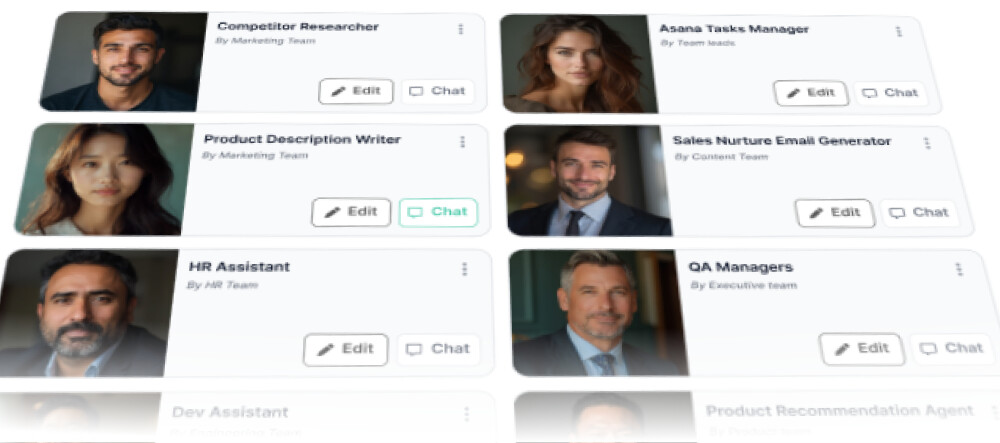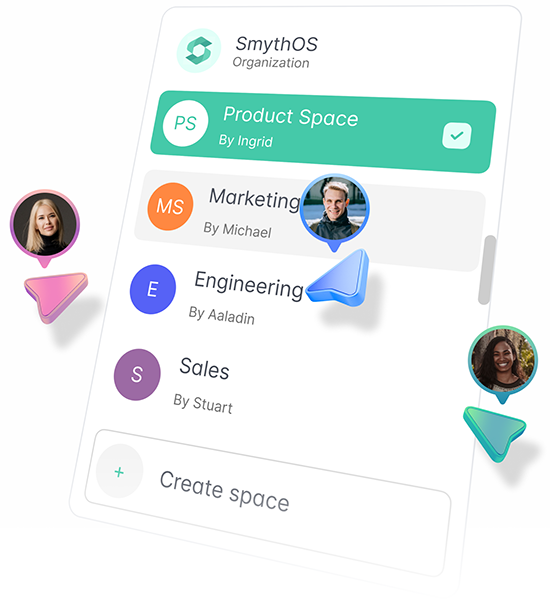SmythOS Enables True AI-Driven Reach
Artificial intelligence has achieved a tipping point, reshaping the design of industries and redefining what's possible in technology. One of the very most outstanding changes in this progress lies in the capability for AI progress to be resolved by one-person teams. No more reserved for great corporations or research institutions, build ai agents is on a trajectory that favors agility, creativity, and specific talent.

The Increase of One-Person AI Shops Think about this stat: The worldwide AI market was valued at $136.55 thousand in 2022 and is expected to cultivate at an annual charge of 37.3% from 2023 to 2030, according to Bundle Business Insights. Amid this frustrating growth, what stands out is the enablement of smaller organizations or individuals. Sophisticated AI frameworks, low-code programs, and open-source libraries have democratized the specialized requirements for making AI solutions. Nowadays, one-person innovators can style, prepare, and apply heavy learning designs using resources that have been once on a substantial tech teams. For instance, pretrained models like transformer architectures have reduced the barriers to entry while increasing growth speed exponentially. Critical People Behind That Change This tendency towards alone AI progress is supported by many facets, including automation and cost-efficiency. In accordance with Gartner, businesses that embrace AI automation may cut detailed expenses by around 30%. For persons, this automation means responsibilities like knowledge labeling, model focusing, and testing can largely be handled with small manual intervention. Another driver could be the availability of cloud services. International paying on public clouds reached $490 million in 2022, and these solutions offer anyone with use of the processing power needed to experiment with heavy AI workloads. Cloud suppliers also provide pay-as-you-go pricing that encourages designers to degree responsibly. Simple option of real-world datasets also represents a critical role. Open-source datasets today energy tasks in pc perspective, language knowledge, and predictive analytics. That free flow of knowledge eliminates yet another friction designers previously faced.

What's Next for AI Developers? Tendencies suggest the amount of separate AI development start-ups will continue rising. Research indicates that 80% of organizations looking to follow AI prefer light, iterative solutions. That demand for slim AI resources will place independent developers well, as their small-scale method offers the agility and targeted styles enterprise-grade systems usually can't. As more people control AI's instruments, the line between amateur and professional designers can blur. With the best access and resources, the next significant AI breakthrough could come from a one-person shop.